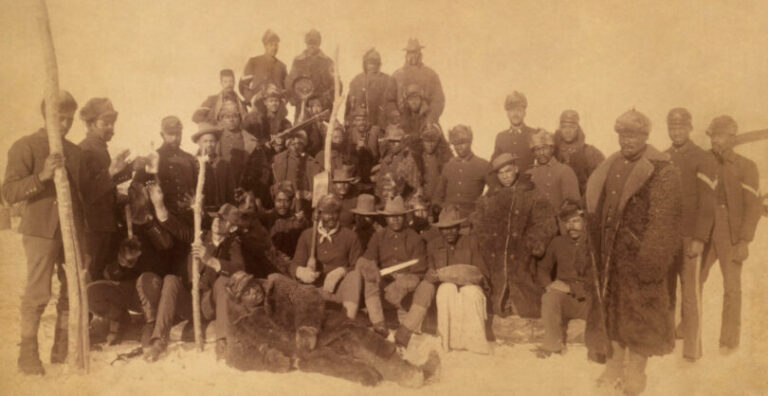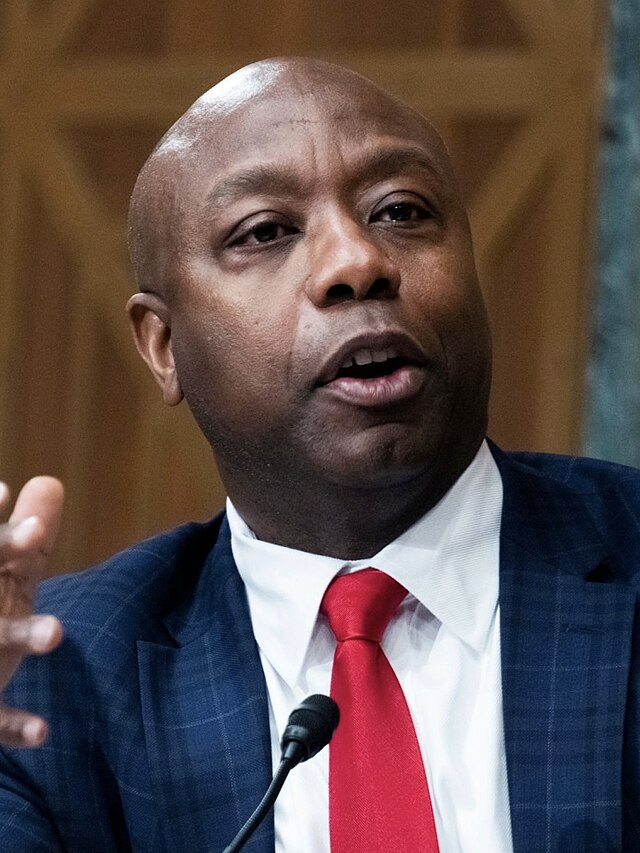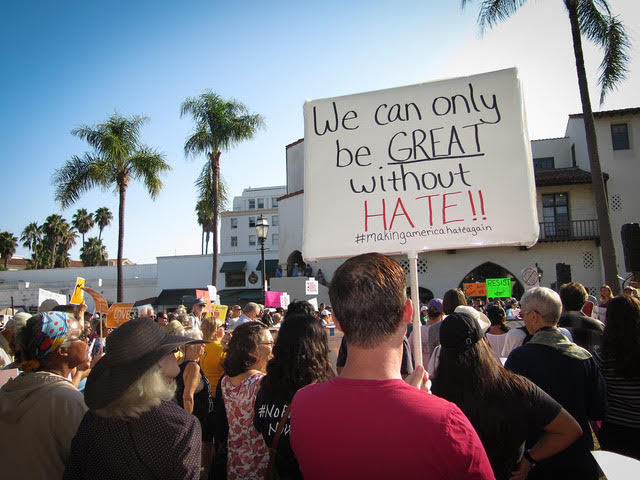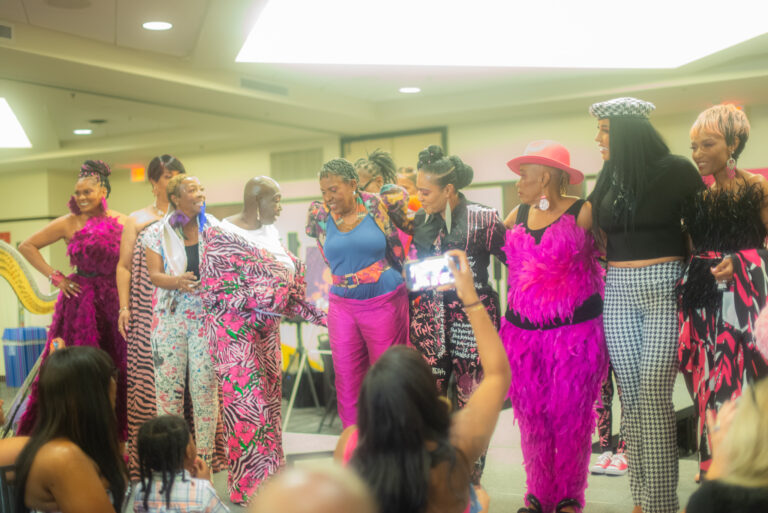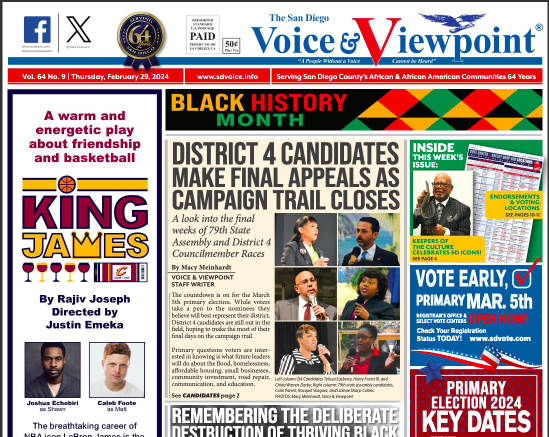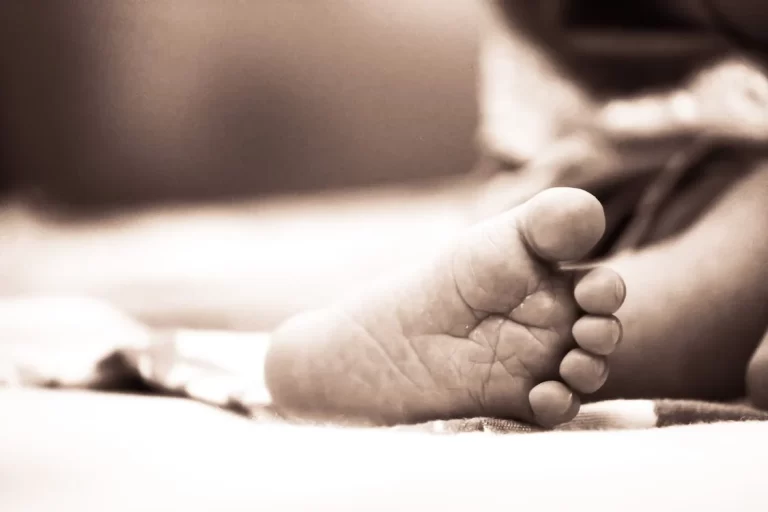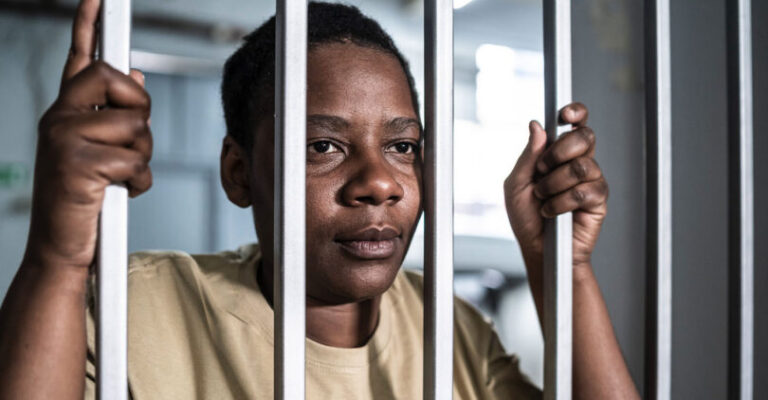By Aaron Pellish, Jeff Zeleny and Eva McKend, CNN
(CNN) — Sen. Tim Scott of South Carolina is suspending his presidential campaign, he announced in an interview with Fox News on Sunday.
“I love America more today than I did on May 22. But when I go back to Iowa, it will not be as a presidential candidate. I am suspending my campaign,” he said.
The announcement Sunday night took many of Scott’s aides and donors by surprise. Two people close to his campaign said they were not given advance notice, even though it was becoming increasingly clear Scott was facing an uphill struggle to break through in the GOP primary.
The super PAC supporting Scott pulled its slate of television ads in October, and, following last week’s third GOP presidential debate, decided not to make a new investment.
Scott’s presidential prospects dimmed over the last several weeks, beginning with the super PAC’s decision to pull its ads. Last month, the Scott campaign said it was going “all in” on Iowa in an effort to gain on his primary rivals by targeting the first nominating contest on the GOP calendar.
Scott kept the decision to exit the race close to his vest, people linked to his campaign said, but the timing was more surprising than the announcement itself. His team had been worried about qualifying for the fourth Republican debate next month, after being the last candidate to meet the donor and polling thresholds to make last week’s debate. He had been hoping a strong debate performance would jumpstart his candidacy, but even he conceded to advisers and allies that hadn’t happened.
By leaving the race now, people close to his campaign said, he can return to the Senate without an embarrassing finish in Iowa. He preserves the possibility of a future political run — and leaves without getting in the crosshairs of Donald Trump, should the former president become the nominee.
“Tim ran an optimistic, hopeful message — but that’s not where the Republican base is right now,” a GOP official who supported Scott told CNN.
Scott told Fox News’ Trey Gowdy that he will not back another Republican candidate, saying he believes “the best way for me to be helpful” is to withhold an endorsement in the primary.
Scott said he has no intention of accepting a vice presidential nomination, reaffirming a position he repeated frequently on the campaign trail.
“I ran for president to be president,” he said. “I think I was called to run. I was not called to win, but I certainly was called to run. … Being vice president has never been on my to-do list for this campaign, and it’s certainly not there now.”
Prominent Scott donor and metal mogul Andy Sabin told CNN he’s “disappointed but not surprised” that the senator decided to step aside and said he now plans to back former South Carolina Gov. Nikki Haley in the GOP primary.
Scott launched his campaign in May, hoping to bring an optimistic message to a Republican field dominated by figures such as Trump and Florida Gov. Ron DeSantis, who portrayed America as a nation in decline. He made his personal story a central narrative of his campaign, often speaking about growing up in poverty in South Carolina raised by a single mother and using those experiences to counter Democratic arguments on a wide range of issues, from criminal justice to education to economic policy.
“The truth of my life disrupts their lies,” he said often at campaign events.
The South Carolina senator entered the race with a major cash advantage after he converted his Senate campaign account into a presidential fund. This gave him a $21 million head start on fundraising and allowed him to flood the airwaves with early advertising in Iowa and New Hampshire. Scott’s TV spots became so ubiquitous in early states that by the summer, audience members at campaign events were able to quote lines from his ads back to him.
Scott campaign officials often touted his war chest to explain his path to the nomination, arguing they’d have the resources to stay in the race through the South Carolina primary while other candidates would face pressure to drop out.
Yet it was the Scott campaign that began to feel pressure in the fall after Trust in the Mission PAC, the super PAC supporting the senator’s White House bid, cut the remainder of its $40 million TV ad reservation, citing difficulties with “breaking through” to Republican voters. The announcement came shortly after the release of fundraising reports showing the campaign burning through its cash reserves at a high rate.
In response, the Scott campaign pivoted its strategy to a single-minded focus on Iowa, shifting staff and TV ad reservations into the state and significantly increasing his visits. The focus on Iowa was accompanied by a more aggressive rhetorical approach, with Scott increasingly leveling sharp criticisms at President Joe Biden and Republican rivals such as DeSantis, Haley and entrepreneur Vivek Ramaswamy, a notable departure from an earlier more affable approach to campaigning.
As perhaps the most prominent Black Republican politician in the country, Scott frequently leaned into conversations about race as a means to boost his fundraising and court voters. He cited his own experiences to suggest that America’s struggles with racism were largely in the past. At the second Republican primary debate in California, Scott grabbed headlines when he outlined in stark terms his belief that the country has transcended the history of slavery and Jim Crow-era segregation, while also excoriating anti-poverty programs created in the 1960s.
“Black families survived slavery. We survived poll taxes and literacy tests. We survived discrimination being woven into the laws of our country. What was hard to survive was [President Lyndon] Johnson’s Great Society, where they decided to … take the Black father out of the household to get a check in the mail, and you can now measure that in unemployment, in crime, in devastation,” Scott said during the debate.
A devout Christian, Scott also made his faith a recurring theme, often quoting Bible verses at campaign events. His campaign prioritized outreach to Iowa evangelical voters and community leaders, who make up a significant coalition of Republican caucusgoers. Scott quickly came out in support of a 15-week federal ban on abortion and pushed his rivals to do the same, drawing praise from anti-abortion groups and leading evangelical political figures.
Scott’s exit from the presidential race marks the latest chapter in a political career that began in 1995, when he won a special election for the Charleston County Council. He held the seat for more than a decade before his election to the South Carolina House in 2008. After one term as a state lawmaker, Scott won a US House seat representing South Carolina’s 1st Congressional District.
Scott joined the US Senate in 2013 after Haley, who was serving as governor, appointed him to fill a vacancy left by GOP Sen. Jim DeMint’s retirement. Scott retained the seat in a 2014 special election, was reelected to a full term in 2016 and won a second full term last year.
Scott has expressed more openness than most Republicans to working with Democrats in Washington – he has led bipartisan policing overhaul talks alongside Democratic Sen. Cory Booker of New Jersey, which ultimately broke down. But he also owns one of the most conservative voting records in Congress. He rarely broke with Trump during the latter’s presidency, and, on the campaign trail, he frequently touted his conservative stances on taxes, criminal justice and education.
Throughout the campaign, Scott’s criticism of Trump – the front-runner for the GOP nomination – was relatively tame compared with his attacks on other primary contenders. He often expressed support for policies enacted during the Trump administration, most notably the 2017 tax cuts he helped draft in Congress, but regularly argued that Trump lacked the support in key swing states needed to carry Republicans to victory in a general election.
“I think if you look at the results in Georgia, Pennsylvania, Nevada … one of the things that you want to know is: ‘What’s the difference between Tim Scott and other candidates, Donald Trump specifically?’” Scott said to reporters at an Iowa campaign event in October. “The difference is I believe that I am the most electable candidate we have in the field.”
Scott suggested on Sunday that he’s going to keep looking for “another opportunity” to launch a White House bid.
“I think the voters, who are the most remarkable people on the planet, have been really clear that they’re telling me, ‘Not now, Tim.’ I don’t think they’re saying, Trey, ‘No,’ but I do think they’re saying, ‘Not now,’” Scott said. “And so I’m going to respect the voters … and keep working really hard and look forward to another opportunity.”
This story has been updated with additional information.


